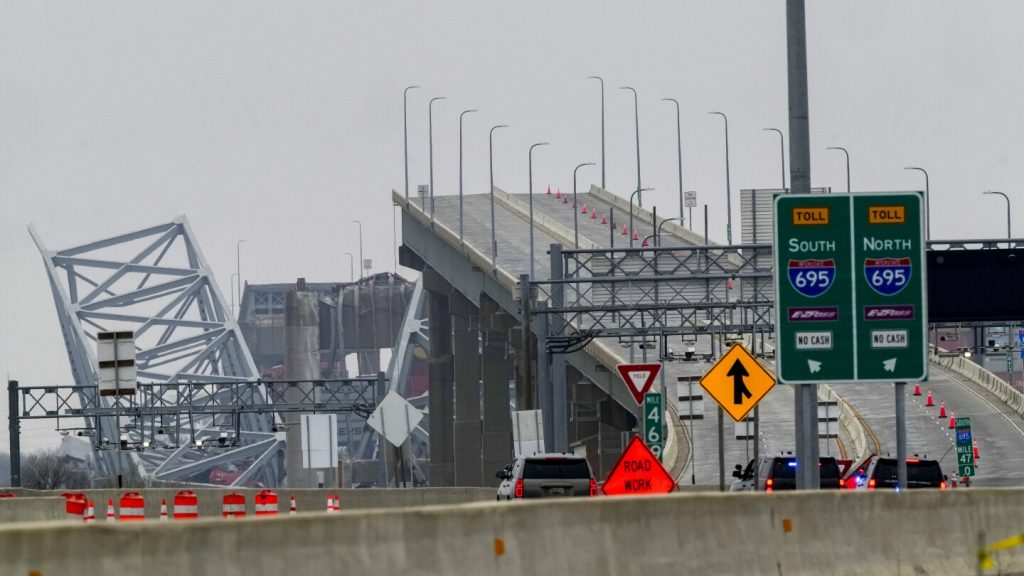The Port of Baltimore remains shut down following the collapse of the Francis Scott Key Bridge, causing manufacturers and shippers to scramble to find alternative locations for loading and unloading cargo. Other ports along the East Coast are expected to absorb Baltimore’s traffic, but there will likely be longer shipping times and disruptions. U.S. Transportation Secretary Pete Buttigieg stated that it is too early to estimate how long it will take to clear the bridge structure from the Patapsco River channel, which leads to the port’s main terminal. The port’s strategic location makes it a key destination for freight, being an overnight drive from two-thirds of the U.S. population and closer to the Midwest than any other East Coast port.
The Port of Baltimore handles a variety of goods, including automobiles, construction and agricultural equipment, wood, steel, aluminum, home appliances, furniture, sugar, liquefied natural gas, and coal. It is the leading port in the U.S. for “roll on, roll off” cargo, with over 847,000 automobiles moved through the port last year. About 70% of the wheeled cargo is imported, and the port also handles containers, although other ports handle a larger volume of containers. Last year, the port handled a record 11.7 million tons of cargo, making it a significant hub for trade.
More than 50 ocean shipping and cruise ship companies do business with the Port of Baltimore, with their vessels visiting the port approximately 1,800 times per year. In 2021, over 444,000 passengers boarded cruise ships at the port from various companies. However, many Baltimore-bound ships are now waiting to get booked at alternative ports, causing significant delays in their arrival dates. Some ships are anchored near Baltimore or nearby Annapolis, while others are gathered near Norfolk as they await further instructions on where to unload their cargo.
Supply chain experts anticipate that manufacturers and shipping companies will divert their cargo to ports along the East Coast to mitigate the impact of the Baltimore port shutdown. Ports in Philadelphia, Wilmington, Newark, Norfolk, Charleston, Jacksonville, and Georgia could see an increase in cargo as a result. While increased shipping times may lead to some price adjustments for coal and vehicles, finding substitute ports should help minimize the overall impact on prices. The Georgia Ports Authority has stated that it has the capacity to handle more cargo but cannot fully compensate for the loss of Baltimore’s operations.
The closure of the Port of Baltimore due to the bridge collapse is expected to have significant economic repercussions. U.S. Rep. David Trone and other officials estimate that the port’s closure could cost the economy at least $15 million per day. The port directly employs over 15,000 workers and indirectly supports nearly 140,000 jobs through other port activities. Clearing the channel for ships to resume operations is expected to take longer than the four-day closure experienced at the Port of Brunswick in Georgia following a shipwreck in 2019. The situation in Baltimore, where sections of the collapsed bridge obstruct the river, presents a unique challenge that will require extensive efforts to restore normal operations.















